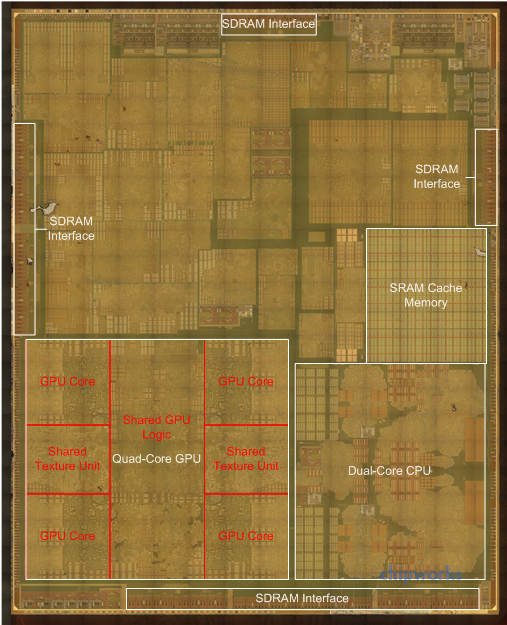Nikodemos
Member
I remember how, a few years ago, their GPUs were hot stuff, powering a lot of devices, including the beloved (by at least a vocal number of GAFers) Vita. However, I took a look recently and the only chips featuring their relatively recent GX6000 series graphics were Apple and a single MediaTek tablet SoC. I couldn't fnd any devices using their latest GT7000 series.
What happened? Was it due to Qualcomm's fuckery (for which they got hit by fines in China and they're likely to get hit in the EU as well)?
What happened? Was it due to Qualcomm's fuckery (for which they got hit by fines in China and they're likely to get hit in the EU as well)?

